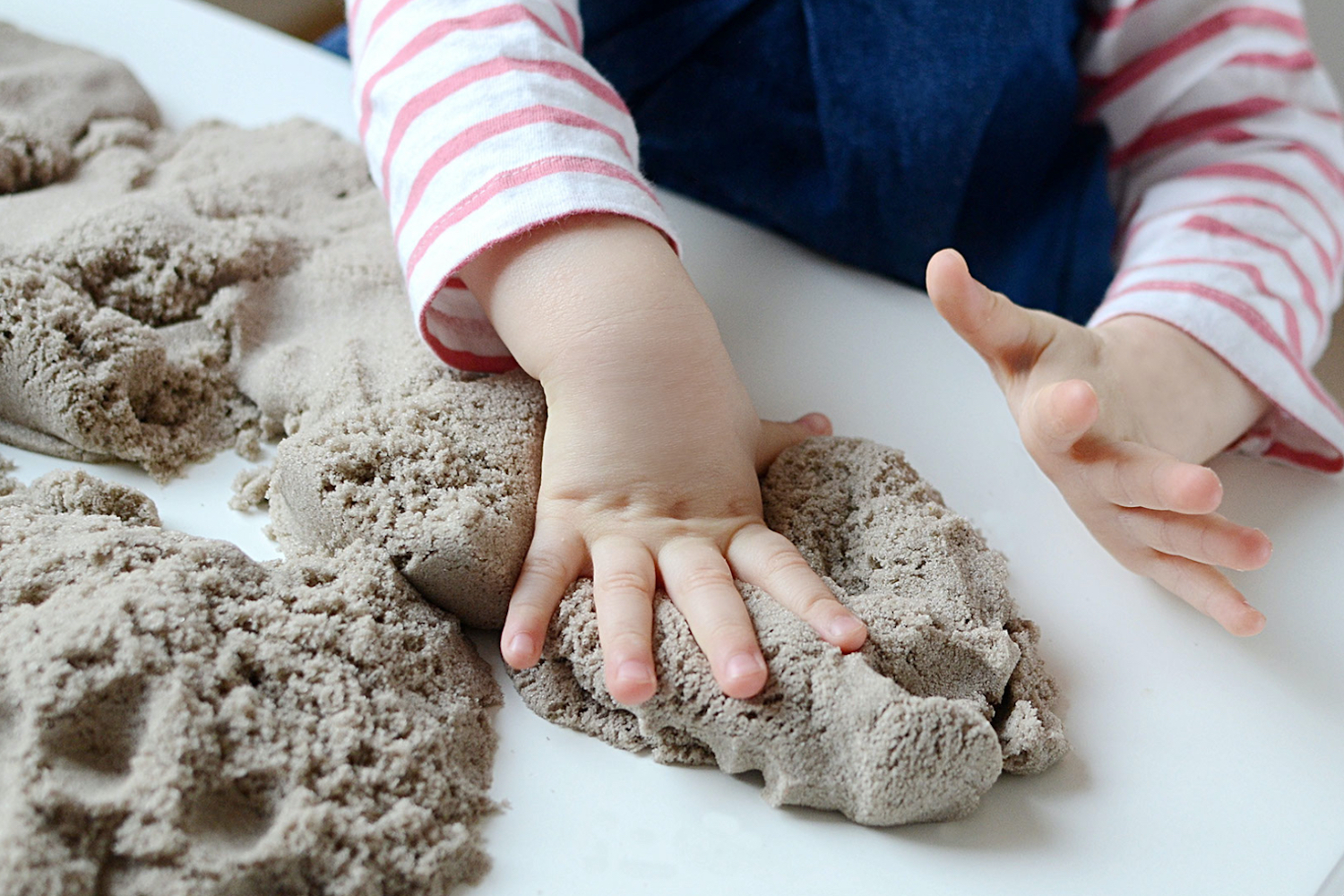The Art of Reuse: How 'Creative Reuse Centers' Are Redefining the Concept of Waste
Creative reuse centers are a crafters' paradise, giving supplies—fabrics, paint, yarn, and more—a new destiny that doesn't involve the landfill.

Published
If you’ve ever wished there was a thrift store for crafts filled with fabrics, scrapbooking supplies, stickers, clay, beads, and essentially everything else your creative heart desires, you’re in luck. Creative reuse centers are giving these odds and ends a new destiny—one that doesn’t involve the trash.
Like a secondhand store, creative reuse centers are filled with unwanted, donated items in need of new homes. Only instead of clothing, shoes, and home goods, Toban Nichols, the director of education and development at REMAINDERS Creative Reuse in Pasadena, California, says you’ll find essentials for artists, crafters, and anyone in the arts looking for discounted supplies.
"When someone walks into our art and craft thrift store for the first time, their mouth drops open. I’ve seen it happen over and over," Nichols says. "It’s hard to wrap your head around what we do—we’re like a thrift store, but so much more—and very much more than you’d expect."

According to Nichols, these art supplies all come from donations—and by donating them instead of tossing them, people are keeping massive amounts of waste out of landfills.
"In January of this year alone, we took in 7,400 pounds of donations that would have otherwise been thrown away," he says. "We take in arts and craft supplies like used oil paint, rolls of fabric, crayons, markers, pencils, and almost any type of knitting or crocheting supplies. We take almost anything related to the visual arts, sewing, and crafting. We're geared toward the artists and makers in the community by offering these very inexpensive items for sale in an easy-to-find way.”
One of those artists is Sam Reece, the CEO and founder of Shitty Craft Club. Reece recently visited her first creative reuse center, and it was an experience she'll never forget.
"My first thought after stepping inside was: 'This is how paleontologists must feel when they find a bunch of new bones.' My second thought was: 'Oh no, I didn’t bring enough tote bags,'" she says. "I was right. At the end of my visit, I had filled two tote bags and a third pink plastic bag from the store (which I promptly turned into art for my studio wall) for a grand total of $36."

As someone who always shops at thrift and vintage shops before buying new, Reece says creative reuse centers are a perfect addition to her personal sustainability lineup. "If you’re a big fan of killing two birds with one stone, creative reuse centers are a great way to support a local business and buy up the abundance of supplies that already exist in this world," she says.
Today, finding a creative reuse center is easy—simply Google the term with your city and see where the closest option is. The Spare Parts Center for Creative Reuse in San Antonio, Texas, diverted more than 21,000 pounds of waste from landfills in 2021. That same year, Turnip Green Creative Reuse in Nashville, Tennessee, diverted 378,000 pounds of waste. As you can imagine, with creative reuse centers popping up around the country, the waste saved from landfills is only growing by the day.

Reusable Bowl Covers
Get 15% off your order by using the code ECONEWS at checkout!
If you’re a crafter looking to get creative, making a visit to a creative reuse center isn’t just good for your wallet—it also benefits the planet. And if you have extra supplies lying around, donating them instead of tossing them makes an impact, too.
"A great way to support our creative reuse center, or any others for that matter, is first and foremost to donate the thing you don’t want to us—don’t throw them away. Another way is to take our classes and learn about something new, as well as ideas of sustainability and reuse," Nichols says. "And for those who have the means, we take monetary donations year-round for your end-of-year giving. We need all these things to keep plugging away at our goals and we welcome anyone into our family here. We’re a group of makers, learners, and creators finding solutions to help save the planet. We welcome everyone to join us."
Featured Photo: Instagram/@turnipgreencreativereuse

The Best Homemade (and Taste-Safe!) Kinetic Sand Recipe for Kids
This kid-friendly DIY is natural and taste-safe, all while providing a pleasant sensory experience. Here's how to make sustainable kinetic sand.

The Best Homemade Playdough Recipe for Kids—And How to Naturally Dye It
A kid-friendly DIY that's fun and reduces food waste? This homemade playdough recipe is a must-make.

How to Make a Sensory Bin for Kids with Objects from Nature
Want to familiarize your little one with the wonders of nature? Start with a sensory bin that incorporates foraged artifacts like leaves, twigs, stones, and sand.

